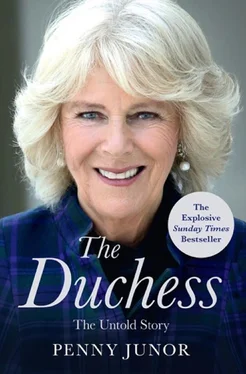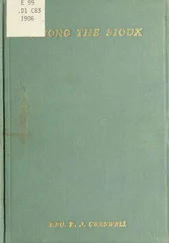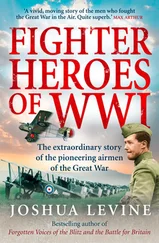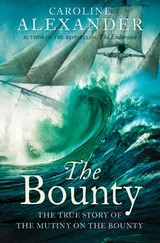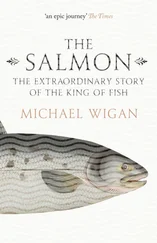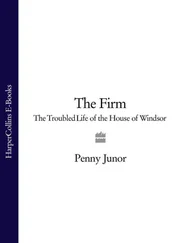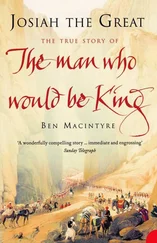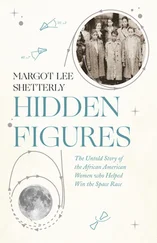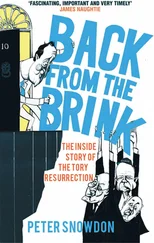The same could not be said for Bruce’s father. Philip Morton Shand, known professionally as P. Morton Shand, was a prolific writer and critic before the war. A very clever man who spoke French and German fluently, his own father had also been a writer and a barrister, and his mother’s family were all doctors. P. Morton was a colourful figure, a good friend of John Betjeman, the poet and architectural critic. He loved food and wine and in the preface to A Book of Food , published in 1927, he wrote, ‘This is frankly a book of prejudices, for all food is a question of likes and dislikes. One may be tolerant about religion, politics, and a hundred and one other things, but not about the food that one eats.’ His great-grandson, Tom Parker Bowles, Camilla’s son, who never knew him, would become an equally prolific and entertaining food writer.
P. Morton’s main subject was architecture and for most of his professional life, he championed the modernist movement. He was friends with many of its key figures at that time, including Walter Gropius and Le Corbusier. By the end of his life he’d had a complete change of heart; as he wrote to Betjeman, ‘Contemporary architecture = the piling up of gigantic children’s toy bricks in utterly dehumanized and meaningless forms.’ Interesting that more than twenty years after his death, the Prince of Wales, the man so in love with P. Morton’s granddaughter, would be expressing the very same thoughts. Bruce scarcely knew his father, because amongst his other talents, P. Morton was a serial adulterer. Three years after Bruce’s birth in January 1917, he divorced Bruce’s mother, Edith Harrington, and disappeared from his son’s life. Bruce’s mother remarried Herbert Tippet, a golf course designer, and they moved to America, where they lived for some years in Westbury, Long Island. They returned to England when Bruce was ten, and thereafter his paternal grandmother, of whom he was very fond, had a big say in his upbringing. She had hopes he would become a doctor like her father, or a banker. But rather than sending him to Eton, P. Morton’s old school, she chose Rugby, in Warwickshire. ‘Rather illogically, and I think unfairly,’ he wrote about the boycott of Eton, ‘she attributed the plethora of wives, four in all, that my father collected to the influence of that seat of learning.’
Rugby, where the game of rugby football originated, was not a success. He spent ‘not necessarily unhappy but infinitely drab years’ there and left ‘having learnt very little and having made practically no friends – on the whole a pretty unsatisfactory boy, rather indolent, self-conscious and inveterate’. But he did develop a love of books at Rugby and discovered horses, so rather than attempt medicine or money, it was tacitly agreed within the family that he should go into the Army for a few years.
After a short spell in France, cut short by his grandfather’s death, he crammed for the entrance exam to the Royal Military Academy Sandhurst, which he passed with flying colours in 1935 ‘despite having become, rather like my great-great-uncle, “imprudently” drunk on the second night of the exams’. His great-great-uncle had died young, having ‘been imprudently drinking too much before going out into the hot sun’. Bruce passed out of Sandhurst and joined the 12th Royal Lancers in 1937, having made a lot of friends; he declared he would always be grateful to that establishment ‘for putting some life and backbone into a rather amorphous and disorganised adolescent’.
He had met his father just once in all those years, briefly, when he was eighteen, at his grandmother’s funeral. He didn’t see him again for another twenty years, by which time Bruce had a wife and three children, and his father was on his fourth and final marriage. One of his half-sisters is Elspeth Howe, the former chair of the Broadcasting Standards Commission and wife of the former Conservative minister, Geoffrey Howe.
Bruce was a gentleman – in every sense of the word – and he came home from the war a hero, but he was not an aristocrat and not a wealthy man. What money he had came from his late grandfather, and from his job in the wine trade, topped up by his military pension. He had been a very brave soldier. By the age of twenty-five, in 1942, he had won the Military Cross twice and been wounded and taken prisoner at the battle of El Alamein in North Africa in 1942.
At the outbreak of war in 1939, he’d been part of the British Expeditionary Force sent to France; and he was in Belgium when the Germans invaded in May 1940. It was there he won his first MC for his courage in covering the withdrawal of a column of lorries and guns under fire from four German tanks. That same month, he and his men covered the withdrawal of troops to the beaches and port of Dunkirk, after the Allies had been cut off and surrounded by the German army. Over eight days, 338,226 soldiers were evacuated by a hastily assembled fleet of 800 boats of all shapes and sizes that had come to the rescue from the south coast of England. Bruce was assigned the job of embarkation staff officer at the seaside resort of La Panne, which was being continuously bombed, and through a combination of resourcefulness and good luck escaped from Dunkirk in a cement ship, landing after an uncomfortable night at Margate on the morning of 1 June.
The second MC, or bar, was awarded in Libya, where he was wounded in the second battle of Alamein, when his vehicle was hit by enemy fire. A German bullet passed through Bruce’s cheek and into his radio operator, who was killed instantly. Their driver managed to turn the car but they were hit again by a ‘tremendous blow’ and he slumped over the wheel, dead. As the car began to burn Bruce climbed out of the top and lost consciousness briefly. He next remembered trying to clamber onto another vehicle, but was then hit in the knee and lost his grip. As he said, ‘A buzz of German voices greeted my return to consciousness.’ After a month in hospital in Athens, he was taken by train to Spangenberg Castle, near Kassel, a prisoner-of-war camp where he spent the final two years of the war with three hundred or so other British officers. The security personnel guarding them were mostly schoolteachers with good English; their chief, Hauptmann Seybold, was a man who prided himself on his knowledge of the idiomatic use of the language. ‘He was reputed to be the originator of the classic saying, after a satisfactory morning’s search for a radio, “You British think that I know fuck nothing, I tell you that I know fuck all.”’
Bruce came back from the war a distinguished but broken man. His injuries had made him unfit for active service, he was retired from the Army the year Camilla was born in 1947, and after a false start marketing educational films, he went into the wine trade. The father he scarcely knew had written books on the subject. Bruce became a partner in the long-established Mayfair firm Block, Grey and Block of South Audley Street, which specialised in supplying wine to Oxbridge colleges – and he had an enviable cellar beneath the kitchen of the family home. Many years later, when the company ran into difficulties, he joined Ellis, Son and Vidler of Hastings and London, where he worked until he retired – while always combining the job with his duties and interests elsewhere. He was Master of the Southdown Fox Hounds for nearly twenty years, hunting several times a week from the end of August to April. He also reviewed military books for Country Life magazine, and later on became a servant of the Crown and a member of the royal household. He was a passionate historian, and a voracious reader of biography and memoirs. He had been kept sane during his years of incarceration by what he described as ‘a very adequate library’ at Spangenberg Castle that had provided him with all of these as well as ‘the great Victorian authors, notably Thackeray and Trollope’, to whom he remained loyal all his life.
Читать дальше
